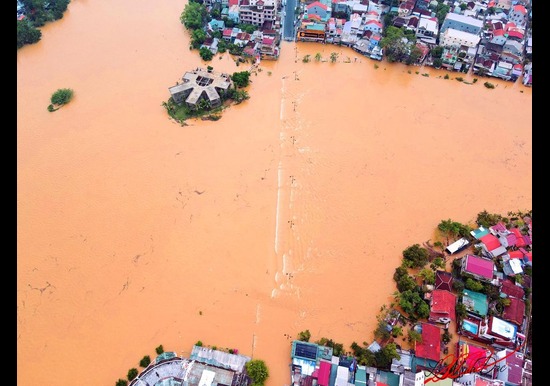
By Lê Minh Đức
At least 90 people have been confirmed dead and a further 12 remain unaccounted for after prolonged heavy rainfall triggered widespread flooding and landslides across Vietnam.
According to government officials, approximately 186,000 homes have sustained damage nationwide, while more than three million livestock animals have been washed away by the severe weather. Authorities estimate that the combined economic losses amount to several hundreds of millions of pounds.
The mountainous Dak Lak province has borne the brunt of the disaster, with over 60 fatalities recorded since 16 November, as reported by news agency AFP.
This flooding marks the latest in a series of extreme weather incidents impacting Vietnam over recent months. Typhoons Kalmaegi and Bualoi struck the country just weeks apart earlier this year. On Sunday morning, around 258,000 residents were left without access to electricity, while sections of key highways and railway lines were rendered impassable, officials confirmed.
To support emergency efforts, military and law enforcement units have been deployed to assist the areas most severely affected.
Authorities identified the five hardest-hit provinces as Quang Ngai, Gia Lai, Dak Lak, Khanh Hoa, and Lam Dong, all located in Vietnam’s southern and south-central regions.
Speaking to AFP, Dak Lak farmer Mach Van Si described the devastation: “Our neighbourhood was completely destroyed. Nothing was left. Everything was covered in mud.”
Vietnamese Prime Minister Phạm Minh Chính led an online emergency response meeting on Sunday morning from South Africa, where he was attending the G20 summit at the time.
In several regions, rainfall exceeded 1.5 metres (5 feet) in the days leading up to Friday. Some locations saw water levels reach 5.2 metres, surpassing a record not observed since 1993. Meteorologists anticipate that precipitation will decrease over the next few days.
Experts warn that human-induced climate change has heightened the frequency and intensity of extreme weather events in Vietnam, increasing the destructive power of typhoons and leaving the country more vulnerable to disaster.



